Log in or create new account to save this product to your wishlist.
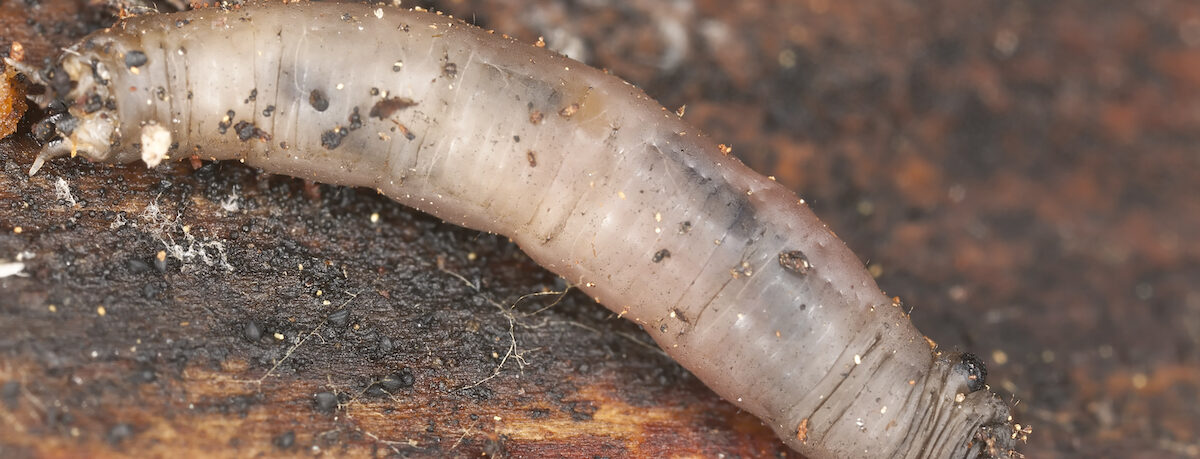
How to Identify and Tackle Leatherjackets in your Lawn
Has your beautiful lawn suddenly taken a turn for the worse? Yellow, dying spots? Are there birds pecking at your grass? You might have a Leatherjacket infestation.
🌱 All important maintenance moments for your lawn during the year. Leave your email and we will send you the lawn calendar for free.
Enter your email
Receive the lawn calendar in the mail
Enjoy a green lawn all year round!

- Order by 2PM = shipped today
- 250.000+ satisfied customers!
- 60 day satisfaction guarantee
Is your usually beautiful lawn suddenly peppered with yellow, dying spots? Are there more birds suddenly pecking at your grass? Perhaps new grass shoots have simply disappeared?
These are the symptoms of a Leatherjacket infestation; little grubs that live in your lawn. Leatherjackets are the larvae of crane fly (better known as Daddy longlegs), and they can do some severe damage to your lawn and other vegetation in the garden.
So, if your lawn has suddenly taken a turn for the worst, it could be a larvae infestation. This article is all about identifying this grass-eating insect with tips on protecting your lawn from its greedy maw.
What are Leatherjackets?
Leatherjackets are the larvae (or emelts) of the crane fly. While crane flies are harmless to humans, their larva can do plenty of damage to a lawn.
There are around 300 species of crane fly in the UK. But the most common and easily recognisable species is the Tipula paludosa (to use its scientific name).
Identified by their long, spindly legs, slender torsos, and long, thin wings, the Tipula paludosa is a nocturnal creature that, once fully developed,
lives a short life; solely to breed and reproduce.
Crane flies might resemble monster-sized mosquitos, but they’re pretty harmless. They don’t bite – in fact, adult crane flies rarely eat. But their larvae are hungry little critters, and they’ll munch through any vegetation nearby – especially grass.
The second most common crane fly species in the UK is Tipula Oleracea.
Crane Fly Tipula Oleracea
There’s little to distinguish between Tipula oleracea and Tipula paludosa on an aesthetic level. It can be difficult to tell them apart.
The main visual difference (although you’d probably need a microscope to see it) is that the oleracea has more prominent, oval compound eyes than the paludosa.
The main distinguishing feature between the two species is the time of their arrival.
The oleracea (also known as the Cabbage Fly Mosquito) appears when cabbage seedlings sprout between April and July. They’re also seen again between August and October.
Crane Fly Tipula Paludosa
Tipula paludosa appear just once a year – found in flight between August and September.
It’s during their flying cycle that they breed and lay eggs. Each crane fly lays around 400 eggs, which could quickly turn into a plague of Leatherjackets if they were all to hatch.
Whether the larvae pupate or not, it’s this larval stage of their life cycle that causes the most damage to your lawn.
The Crane Fly life cycle
The crane fly metamorphosises several times throughout its life span. Life begins as an egg laid by the mother, which develops into a larva. From a larva, it becomes a pupa, which is where the grub turns into the
flying insect we all recognise.
The larval stage sometimes lasts for just a few weeks but more typically takes around a year. The larva is remarkably resilient to low temperatures – in fact, they can survive temperatures as low as -10ºC.
The longer the larval duration, the more damage done to your lawn. During the winter, they burrow into moist soil or decaying organic matter. In the spring, they emerge to the earth’s surface to feed, which is when they do the most damage.
After the pupal stage, the adult crane fly no longer eats fibrous food, but they may feed on nectar. Adult crane flies live a short life: they exist merely to mate and deposit eggs. They die soon after.
The average lifespan of an adult crane fly is between 10 and 15 days.
What does a Leatherjacket look like?
We could be flippant here and show you images of leather jackets – the Fonz was famously never seen without his trademark outer layer.
However:
A Leatherjacket is typically 4-5cm in length and looks similar to a worm, not dissimilar to a caterpillar.
Grey/brown in colour, they have no legs and – to the untrained eye – it’s difficult to differentiate between its head and its bottom end.
As they move, they appear to slither like a worm. Check out this video to see a Leatherjacket in motion:
How do Leatherjackets damage my lawn?
Leatherjackets live underneath the soil while they overwinter, then emerge in the spring and live in the upper layers of the earth. They feast at night, which is when the damage to your grass takes place.
On warm, humid nights, leatherjackets come up to the surface of the soil to feed. They cut through the grass plant stem and munch holes into the foliage. They bite into the grass plant and pull it down into the ground, where they can feed in safety.
This creates small circular bald spots in your grass. When one patch of grass is decimated, they move to a new lawn area where they continue to feast.
What eats Leatherjackets?
Leatherjackets are tasty, nutritious treats for the birds (mainly crows, robins, and starlings), and you’ll find that moles are also partial to a leatherback.
Of course, we all want to encourage natural diversity in our gardens, but the birds and moles that Leatherjackets attract can also do some pretty hefty damage to your lawn.
Do I have a plague of Leatherjackets?
It’s rare to see a healthy Leatherjacket above soil during the day; they’re pretty easy to miss. However, if you go out on a warm, damp evening, you’ll see them emerging from the surface of the spill.
That’s when you know that you have a problem.
Alternatively, you could lift a small section of your turf to see if any Leatherjackets are hiding beneath the soil.
If you spot Leatherjackets, action is required to save your lawn!
How do I prevent Leatherjackets on my lawn?
Leatherjackets prefer long grass. So, one excellent, ecologically sound approach to prevention is to keep your lawn short during August and September. This is when the crane fly lays their eggs – they’ll avoid shorter grass as it offers less protection against predators.
Keeping the lawn short and well fertilised will help to limit the damage caused by Leatherjackets.
Tip: Limit Leatherback damage to your lawn by keeping your grass short between the end of August and the beginning of September.
When is the best time to control Leatherjackets?
Leatherjackets are most active once the soil has reached 8ºC. This should happen around February/March in the UK.
It’s best to control the Leatherjacket population before they’ve reached full size. Catch them at 2-3cm if you can. Once they’re 4cm in length, they’re going to do more damage.
There are two ways of controlling the Leatherjacket population in your lawn: natural, biological solutions or chemical pesticides.
Biological control of leatherjackets with nematodes
Biologically controlling pests is better for the environment and less damaging to the food chain. Remember, birds and other animals feed on Leatherjackets, so biological approaches are preferable.
You can achieve biological control of Leatherjackets with nematodes.
Nematodes are microscopic, microcellular, non-segmented roundworms and a natural enemy of many insects and larvae. Once they’ve found their prey, they invade, and use it as a food source. It doesn’t take long for nematodes to work through your Leatherjacket population – just a few days.
In short: sometimes it’s best to let nature fight nature.
However, while some nematodes are beneficial, others (such as root-knot/root-lesion/dagger nematodes) will raid and destroy your vegetable patch.
Order nematodes that eat and destroy Leatherjacks online or at garden centres.
Make sure you get the right type!
Fighting leatherjackets chemically
Chemical pesticides offer an effective way to kill garden pests.
However, chemical agents can be harmful to humans and animals, so make sure you use them wisely and sparingly to protect the kids and your pets.
Chemical pesticides are spread or sprayed over the surface of the grass, which penetrates the ground and poisons the Leatherjackets.
You’ll need to employ a professional to apply a chemical pesticide for Leatherjackets, as they’re not widely available to buy within the UK.
Restoring bald spots after a Leatherjacket attack
It’s possible to re-sow bald patches of your lawn with grass seed.
Lawn Expert Louis recommends:
„For repairing bald spots in your lawn I would recommend our Quick Repair grass seed. This grass seed mixture germinates rapidly and repairs damage in no time.“
In most cases, it’s just a case of overseeding (laying seed over your existing lawn).
When overseeding, ensure that the soil temperature has reached at least 10ºC – otherwise, the seed won’t germinate.
Check out our article on everything you need to know about laying grass seed.
Don’t confuse Leatherjackets with Chafer grubs!
Leatherjackets look similar to Chafer grubs – another garden pest that can damage your lawn.
Check out our article about Chafer grubs, and find out everything you need to know to control them in your garden.
Get started or ask for more information?
Hopefully, you feel a little better informed about identifying and tackling Leatherjacket infections, but if you have any further questions, we’d be delighted to help.
If you have questions – whether it’s about this article or anything else to do with creating a picture-perfect lawn, get in touch.
Email us at hello@moowy.co.uk.
We’re looking forward to helping you!
Thanks for reading!
-
Firebugs in the Garden: What now?!Firebugs in your garden? SPOILER ALERT – they're benign! They won't harm you or your garden. Find out how these interesting bugs contribute to your garden's ecosystem.Read more
-
How to Prevent and Control Scale InsectsScale insects are tiny sap-loving insects that can kill your plants if left to their own devices. How to identify them, treat the problem, and nurse your plants back to health after an infestation.Read more
-
How to Prevent and Control Mealybugs on your Plants (and aftercare)Mealybugs look like little fluffy specks of mould, but they'll quickly destroy your house plants or greenhouse plants. Learn how to spot an infestation and what to do to prevent the problem from spreading.Read more
-
Recognise and Control Mares Tail in your garden: from Identification to EradicationMares tail (aka Horsetail) is an invasive weed with deep roots, which make it a real challenge to eradicate. Find out about this fascinating weed (and find out how to tackle the problem).Read more
-
How to get rid of flies: the best tips and tricks!Having flies buzzing around the house is not only annoying, it can pose a significant health hazard. Find out how to get rid of flies without resorting to harsh chemicals and poisons.Read more
-
Whitefly on your plant: Prevention, Control, and TreatmentWhitefly are tiny little insects that quickly kill your plants and attract ants! Find out how to prevent and control an infestation.Read more
-
How to Get Rid of Wasps: Tips and Tricks!Wasps! What a nightmare! While these aggressive little insects offer a painful sting, there's more to the wasp that you might first think. Prevent them arriving with out handy tips.Read more
-
How to Identify, Fight, and Prevent Vine WeevilThe vine weevil is a destructive little pest. Recognise the signs of infestation to prevent the widespread damage this critter can do to your garden plants.Read more
Leave a comment
Your answer will be displayed on the site and the interested party will be notified by email.
Leave a comment
Have a question or want to share your experience? Leave us a comment.

- Order by 2PM = shipped today
- 250.000+ satisfied customers!
- 60 day satisfaction guarantee

- Order by 2PM = shipped today
- 250.000+ satisfied customers!
- 60 day satisfaction guarantee

🌱 All important maintenance moments for your lawn during the year. Leave your email and we will send you the lawn calendar for free.
Enter your email
Receive the lawn calendar in the mail
Enjoy a green lawn all year round!





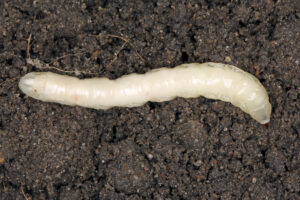



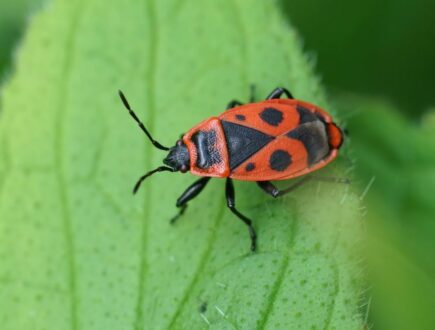
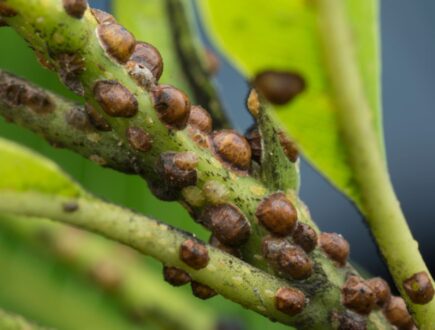
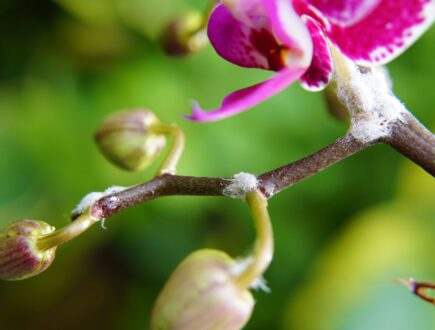
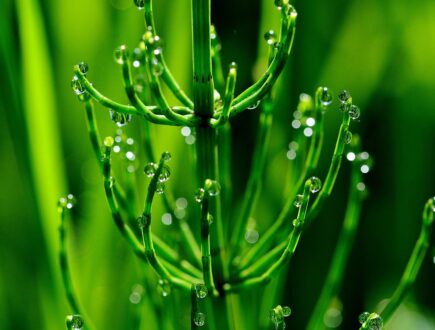
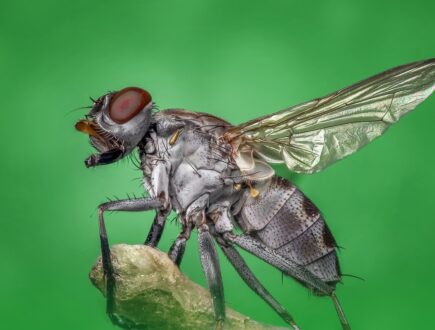
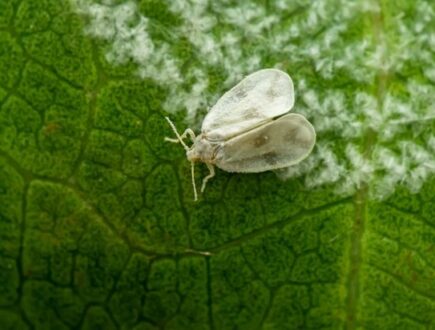

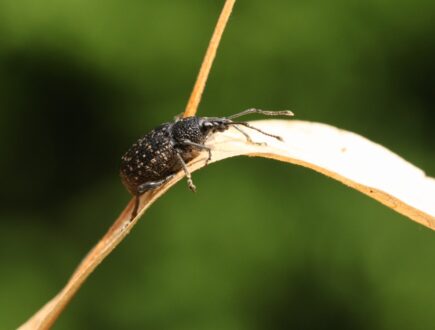









Comments (0)
There are no comments yet. Well then, what are you waiting for to
Be the first to write your comment!inaugurate this pretty page?
Do you have some comments?